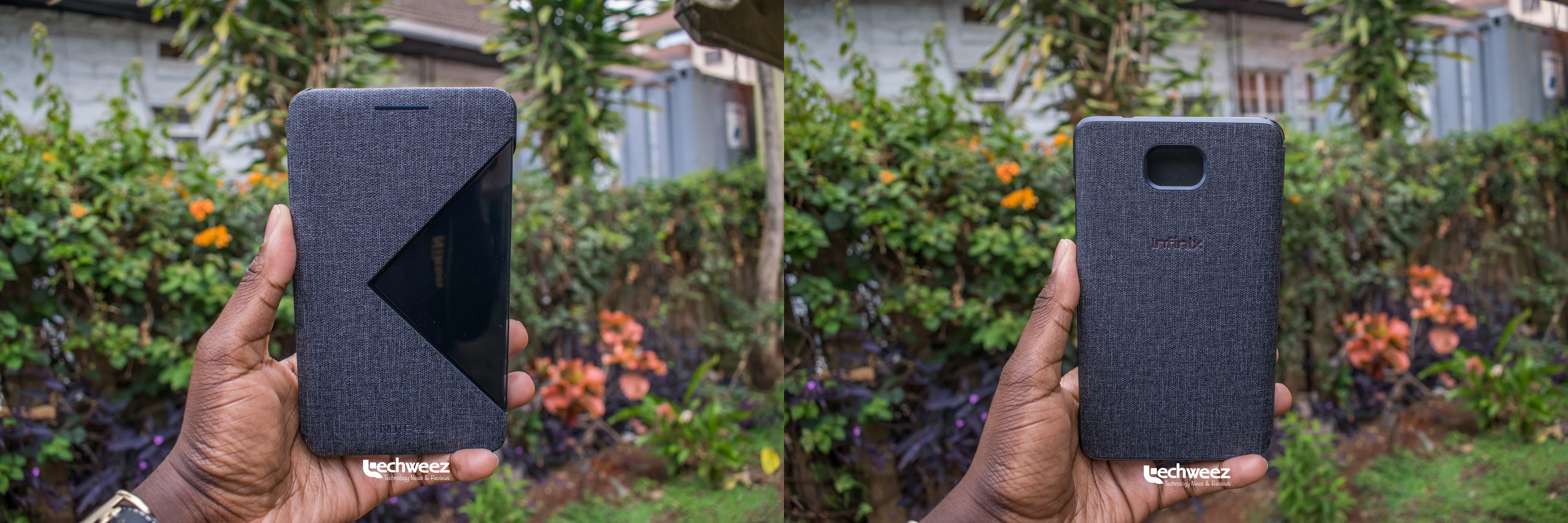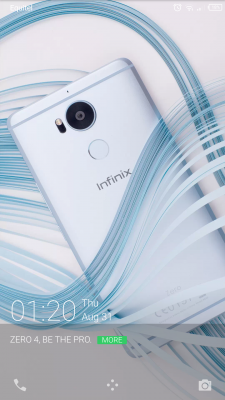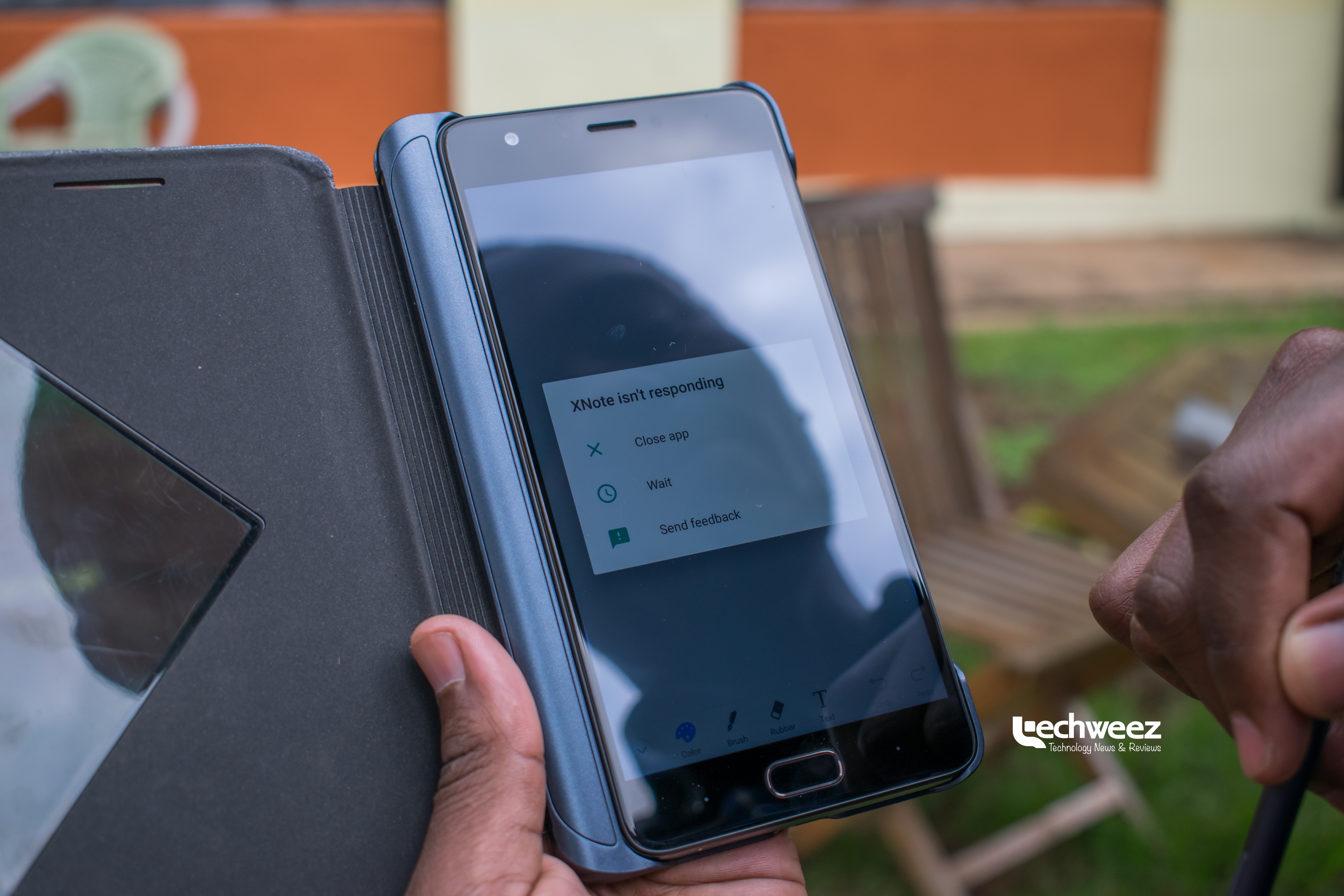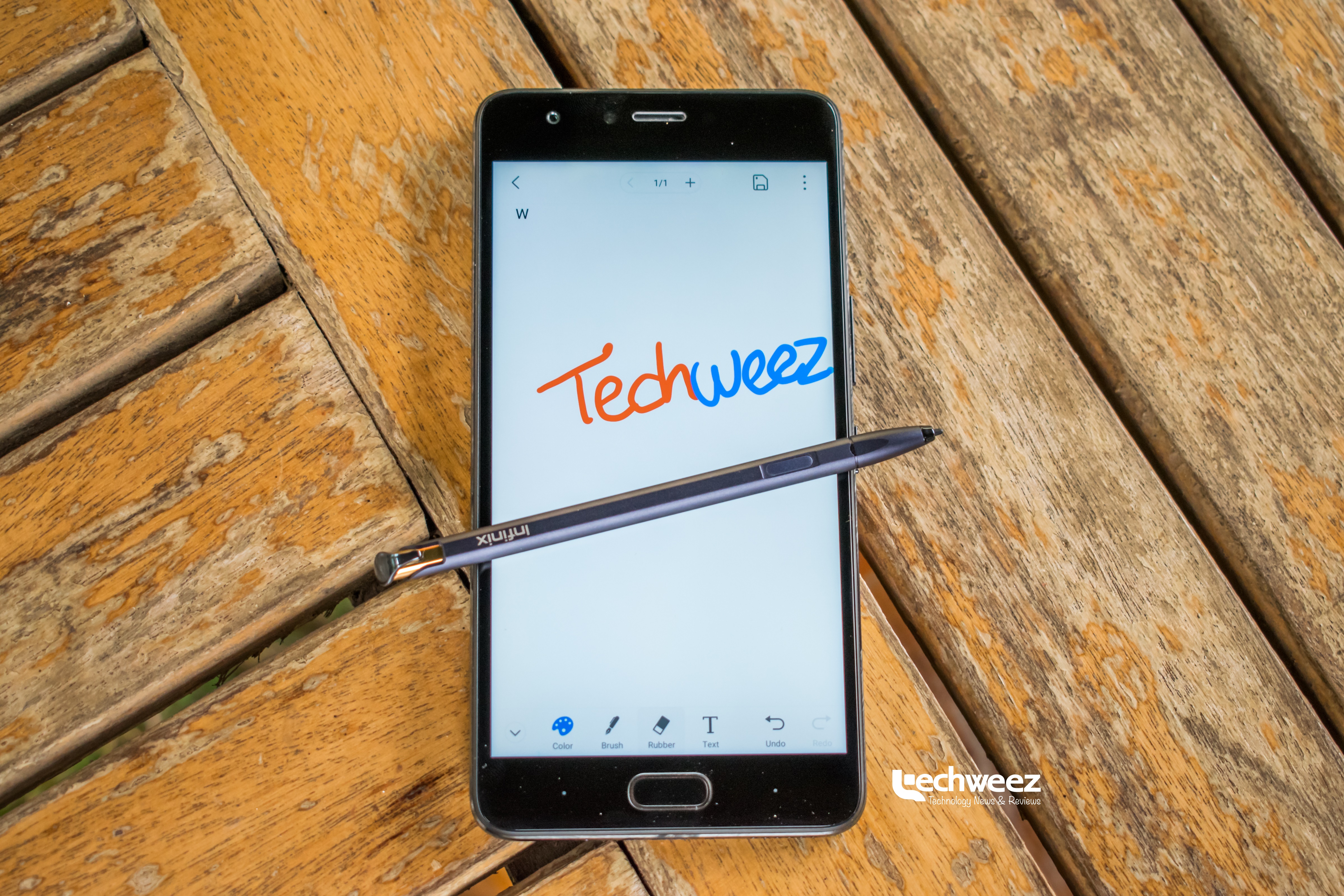
This is the period when the budget segment is littered with several smartphones, giving you no excuse to hold tight to your 2003 Motorola T190, and Infinix is here to disprove your life choices by offering a broad range of devices to phase out your beloved Moto or Sagem 3020 (new millennium kids will think I’m speaking in tongues but in your defense, Sagem was an actual device with polyphonic ringtones to boot). Could you even store more than 20 contacts addresses in that phone? These are the issues that the Infinix brand is out to fix, in addition to ensuring that you stay in touch with the world of unknowns, where you can make friends with people you have never met, call them friends in platforms called apps such as Facebook and WhatsApp (they come preinstalled, FYI) as well as ensuring that such interactions are kept on toes with appreciable speeds, which the Infinix Note 4 Pro we are reviewing today is equipped with in the name of 4G LTE.
Summary
The Infinix Note 4 Pro complements the Note 4 that we reviewed a couple of weeks ago. The device is part of Infinix’s marketing strategy in meeting the phone requirements of different demographics in the Kenyan market. Specifically, the Note devices have always been deployed for users who love big displays and humongous batteries to tickle their fancy. The Note 4 Pro does just that, and brings a stylus along that has been creatively dubbed as XPen. Although we would have loved a robust approach to the functionality of the stylus, we cannot deny that Infinix’s first attempt is acceptable considering the device costs less than KES 20,000.
Largely, the device keeps the exact spec sheet of the Note 4, save for minor changes in memory where internal storage is capped at 32 GB and 3 GB of RAM. Generally speaking, the two siblings’ hardware performance are identical because the quad-core MediaTek MT6753 1.30 GHz chipset has been recycled a couple of times, and while that is a favorable decision to keep the cost of the device low, Infinix would have made us happier by adopting a modern, midrange CPU for additional horsepower.
Save for a couple of Xpen-specific software tweaks for people who love taking notes, XOS is the same to what we saw on Note 4. More similarities are seen on the device’s construction and the location of hardware controls. The screen’s footprint remains at 5.7”, and so are the cameras as well as the fingerprint scanner that is embedded in the hardware home button flanked by non-lit capacitive keys.
The 4500mAh battery is large enough to get you through a heavy day, and that can extend to two days if you are a light user. Contrastingly, I believe the Note 4 has better battery life, although both can be topped up by quick charge that Infinix has named XCharge.
Lastly, the Note 4 Pro is excellently built. Once you hold it, it becomes apparent that a sub 20K price tag is a steal. Our review unit is painted black and you just need to interact with it to establish its premium build.
Hardware and Build Quality
As mentioned, the Note 4 Pro is built like a high-end device but does not stay away from what we have come to expect of midrange phones. The metallic back feels absolutely premium, and so is the front that is covered by a large 5.7-inch screen, which is a significant drop from the Note 3’s panel. However, the onscreen buttons and rear fingerprint scanner have been replaced by non-lit capacitive keys and a front-facing hardware fingerprint sensor. This makes it look like the Note 4, only that the Pro is a unibody slab. The vertical edge on the phone’s right has hardware controls, where the volume rocker is at the top and a knulled power key sits below it for easy identification.

Charging is handled by a microUSB port at the bottom, and the charging process is wicked fast. You can top up the battery up to 80 per cent by the 40th minute, and a full tanks achievable by the 80th minute and that is impressive. Handling this department is a sturdily-built 5V=2A/5A=5A Max charger with solid cable that can last all the way to 2020 when microUSB cables will be old news. I am also glad to see a single speaker grill and a tiny mouthpiece at the bottom. Often, these two hardware pieces are disguised as two grills for symmetry purposes, and it is satisfying to see a separation to keep a consumer’s expectations low. The speaker is loud enough for hands-free calls if blasting phone speakers is your thing.
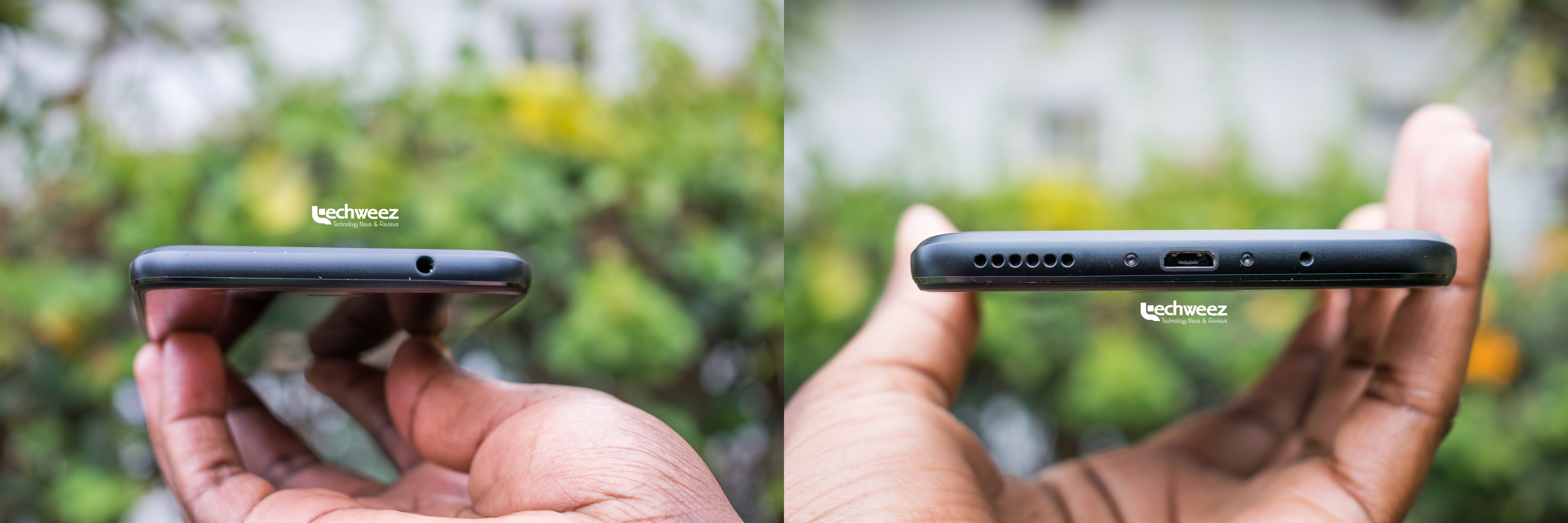
A crucial hardware inclusion is the XPen. It serves as the major differentiating factor from the Note 4, coupled with the aforementioned premium build. The XPen has several tricks under its sleeve, which will be looked at in a moment. Worth mentioning is that the XPen is powered by the by the phone’s battery via three connecting pins on the handheld’s left side. The stylus is charged via the included case, which offers extra protection and functionality.
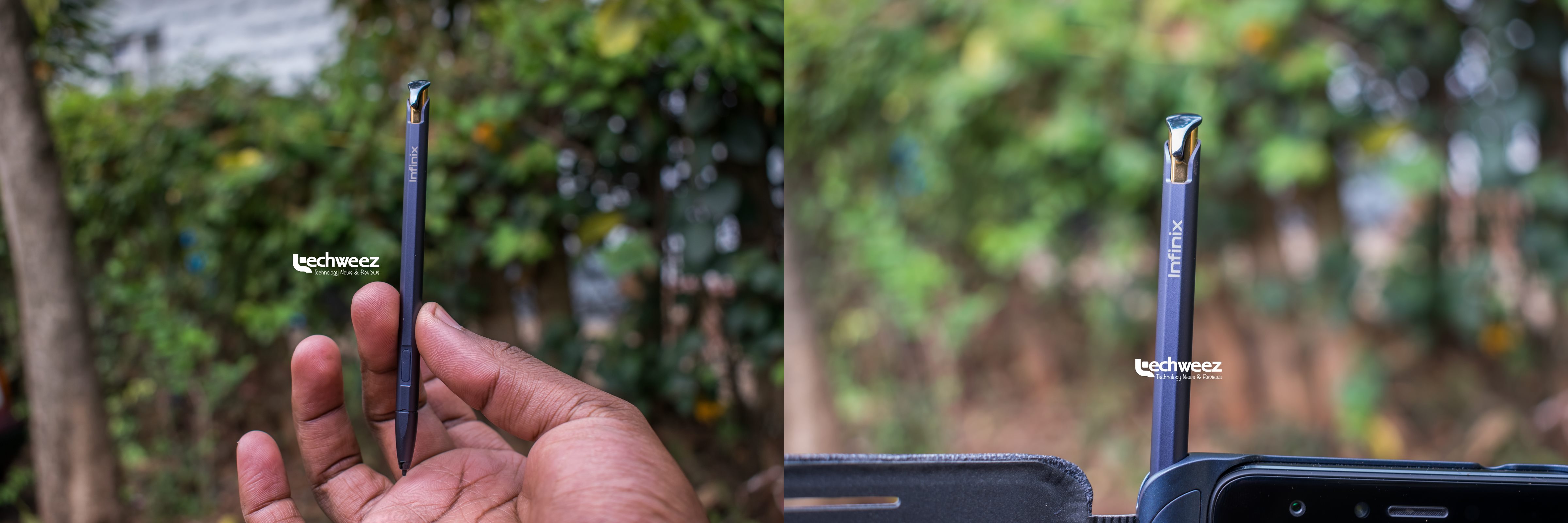
Because the phone is mostly built from a metal slab, antenna lines had to go somewhere, and if you know how Apple’s iPhone 7 Plus took care of them, then you wouldn’t be surprised by Infinix’s implementation.
That aside, the Note 4 Pro takes two SIM cards, coupled with a separate slot for a memory card. As a whole, the handheld tips scales at 196g, and that is something you will immediately notice upon handling it because it is that heavy.
Software Overview and XPen Features
The Pro runs on Android 7.0 with XOS Chameleon skin on top. The skin has been discussed in several of our Infinix reviews, so I’m not going to explore its offering again. However, I will touch on a few aspects that I think are important in this case. First of all is that XOS Chameleon has not removed Nougat features, which is something you cannot say of other Android skins. The settings panel has a hamburger menu for quick access. In-line replies are intact, and so is multi-window support for apps. Other tiny Nougat features such as muting notification prioritization are there too.
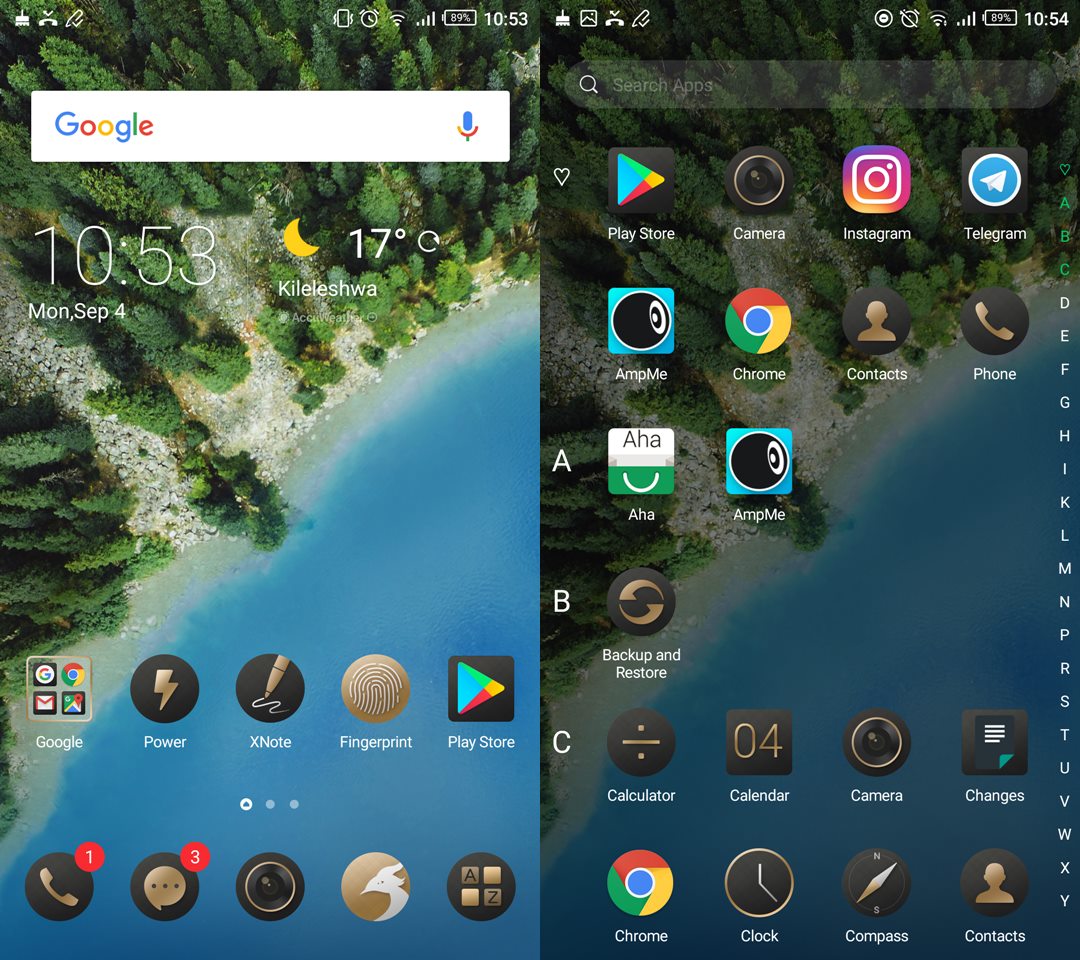
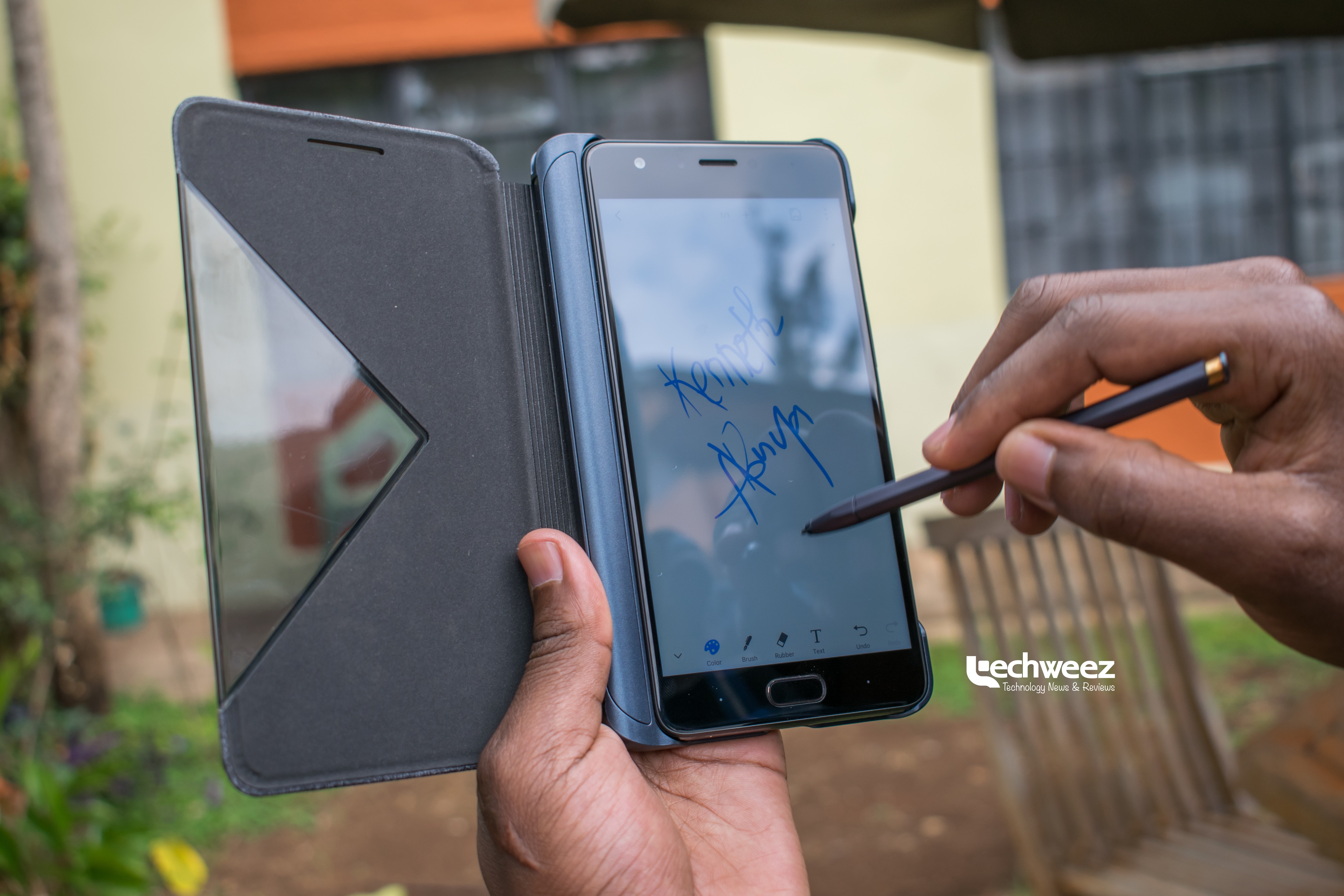
If you are asking, you can do without the stylus and use your trusty finger, but it wouldn’t be as natural as a physical act of writing.
As I mentioned in the early impressions article, the stylus is housed in the case, although it beats me why Infinix did not find room for it on an already big phone. However, it is forgivable thanks to manufacturing complexities for a phone that targets the midrange segment where price is key.
The leather case feels premium, and has a small triangular window for music controls, flashlight shortcut and notifications.
The device has lockscreen ads! I mean… how and why? Let’s just leave it there.
Camera
The same camera optics on the Note 4 have been carried over to the Pro. On the front is an 8MP shooter along an LED flash for selfies in dingy, dark hallways. The 13 MP on the back is accompanied by a dual-tone LED flash. Both eyes do a fine job, and produce image that are social-media-friendly, so no complaints here. Augmenting these cameras are several shooting modes like panorama, night mode and a basic professional option for tinkerers. You can also capture fullHD video for both snappers.


Performance
The spec sheet of this device is identical to that of the Note 4 save for more digital-hoarding room at 32GB and RAM at 3GB. Generally, I found performance to match that of its sibling. Tasks are handled at the same pace, and I expected extra RAM to keep apps in memory for a significant amount of time but I did not notice any major difference. In other words, there are no appreciable performance improvements over the Note 4 for obvious reasons, but that’s fine for a phone with this many tricks at less than KES 20,000. However, light users will be just fine.
Battery Performance
Honestly, the Note 4 has better battery life than the Pro. My intial guess was that a slightly bigger batter (4300mAh versus 4500mAh) was obviously better but that is not the case here as real world usage proves otherwise. On my marathon-ic use, the Pro managed 5 hours of screen on time, which is okay but not class-leading. However, the juicer is big enough to last an entire day of heavy usage, or two days for casual users. You will not be disappointed, but my expectations were thwarted nonetheless.
Other Key Findings
- The phone gets really warm when charging or when doing intensive tasks. It gets warmer when you are outside in the sun. There is something about black phones and the sun I’m yet to grasp.
- While the XNote app is a nice addition, it gets overwhelmed by processor inefficiencies because it has crashed on me a couple of times.
- Mostly, the phone runs just fine, until you give it too many tasks. I squarely pin the blame on the chipset which is just too aged for 2017. People would still buy this device on premium if the CPU were replaced with modern midrange options.
- The screen is really good at this price, so no complaints here.
- XCharge should be a standard across all Infinix phone because it is sooo fast.
- The phone is heavy, and heftier with the case on.
- Headphone performance is okay, and better than previous Infinix devices. However, the included earphones are uncomfortable and sound like a cooking stove. It is not too late to replace them with something better, so we’ll be patient.
- XOS Chameleon is nice according to my metrics, but maybe that’s because I use a device with MIUI 8. The only gripe I have with it is its additional apps. Luckily, you can uninstall most them, which is something I did instantly.
- The Pro is incredibly built, although it is slippery so slap on that case.
Conclusion
This is where we decide whether the phone is worth buying. For KES 19,499 at ecommerce site Kilimall, the Infinix Note 4 Pro is an easy buy because it has no match with an identical set of features like the XPen. Furthermore, the handheld is excellently built with an aluminium back, which is hard to come by for sub-20K phones. Simply put, if build quality and a stylus are important to you, buy it. However, if you need a large phone for media consumption sans solid build or XPen tricks, you will do just fine with the Note 4 that is even cheaper. Just note that performance is going to be the same in all fronts as both devices pack the same hardware specs, mostly.















